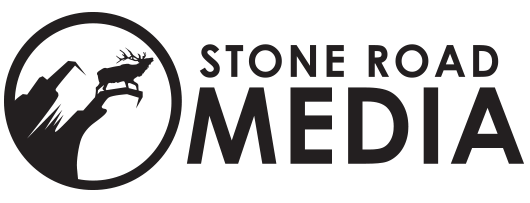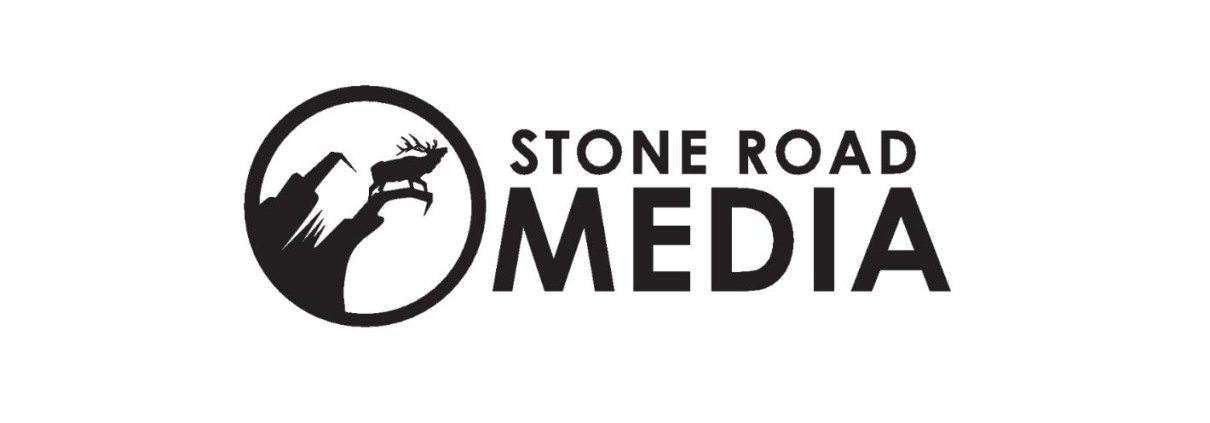Hunting, Fishing, and Shooting Marketing | Increasing Retail Sales Through Digital Marketing
By Jeremy Flinn, Chief Marketing Officer
It should be no surprise that digital marketing is a major contributor to your overall marketing impact on potential consumers. If it is a surprise, then you likely are not adapting to the changing consumer behavior, and marketing ineffectively. Consumers are using the internet as a method to “find” what they are looking for more so today than ever before. Because of this, many companies are shifting large portions of their marketing budget to the digital realm. In 2016, worldwide spend on digital marketing is expected to be greater than traditional marketing like TV. By 2019, Forrester Research suggests that number will eclipse $100 Billion on sectors like paid search, social media, email, and display ads. In the hunting, fishing, and shooting industry, marketing is still predominantly traditional. But with tighter margins at retail, and increasing product niche competition, successful companies are embracing digital marketing in the form of search engine optimization (SEO), search engine marketing (like Google AdWords), and social media marketing through Facebook, YouTube, and other platforms. They are also exploring the vast digital ad network in hunting, fishing, and shooting communities. With this “inbound marketing” form so new to our outdoor industry, how can one maximize the internet? With so many companies relying heavily on retail sales, this results between digital marketing efforts and ROI can become even more compounded. But for anyone who dives into the digital marketing world, if done correctly, a vast amount of success lies in front of you, even at the retail sales level.
The Strategy
Like any good marketing effort, a well thought out strategy can make the difference between profit and loss. Unlike most traditional marketing plans, digital marketing can be hypertargeted. That is, the ability lies to hone in on potential customers geographically, based on interests, and even based on behavior. Sure you can advertise in a gun dog magazine, and hope to appeal to upland bird hunters. But if I want to sell high velocity, #6 shot for pheasants, I don’t know if a quail, waterfowl, or pheasant hunter is seeing that ad. With digital marketing I can narrow down my audience so precisely that I could run advertisements to various states just before the opening weekend of pheasant hunting.
Digital marketing strategy also comes in play as you begin to think about long-term versus short-term goals. For instance, a start-up tactical company might want to push both their patent-pending, concealed carry clothing, while at the same time earning brand recognition. There are two major efforts here. With digital marketing, you can set up a series of ads focusing on the general category of concealed carry clothing, while a completely separate set promoted the innovative mission of your brand. Both arrive at the same end point (your website) while delivering different marketing footprints. Not only that, but a simple click can take them to a targeted, customized landing page to engage them into the buying cycle. Let’s see a print ad do that, when odds are they are going to Google and searching your brand or product name.
Lastly, think about your budget. Likely one of the most strategized pieces each year. How much do you want to spend? Better yet, how much can you spend? With traditional marketing campaigns, the money is committed whether the media delivers customers or not. Sometimes requiring long-term commitments. With digital marketing, much of the budget can be altered monthly, daily, and even in real time! The extensive control and flexibility often makes digital marketing a clear choice for brands looking to measure marketing ROI.
Measuring Success
If none of the above strikes a chord with you, think about how successful each of your traditional marketing campaigns have been. No, not how much revenue you brought in as a company last quarter or year. The actual return generated by each individual TV, print, and radio campaign. Hard to answer isn’t it?
It’s not because you are doing something wrong, it’s simply the way things have been done for so long. You designate a portion of marketing dollars to TV, print, and radio, then sit back and hope that the campaigns are successful. If sales direct to the consumer or via purchase orders from retailers begin to climb, odds are the campaigns worked. Now to what level, or better yet which ones, well that’s the million dollar question. For many companies it literally can be worth that much. Measuring traditional marketing to the campaign level is often impossible, and prevents companies from changing their marketing strategies in mid-stride to meet year’s sales goals. This is often how companies begin to plateau in growth.
Digital marketing allows the opportunity to “be flexible” not only in ad spends, but marketing messages, creative, and even where they send a prospective buyer. This detailed data proves invaluable, regardless of whether you are selling via eCommerce direct to the consumer, or through wholesale/retail.
Measuring success through eCommerce is the easiest. Did a visitor to the website end up buying or not? Pretty simple yes or no. If you only sale via eCommerce it makes your job even easier. But for most companies that isn’t the case. In fact, many companies in our industry will generate over 70% of their gross revenue through retail or wholesale. So how can you measure the success of digital marketing at this level?
To the “exchange of currency” level, you can’t. It’s not possible, especially if you are doing other marketing efforts simultaneously. The overlap will make it extremely difficult to tease out an answer. However, there are certain key performance indicators (KPIs) that can shed some light on correlations between digital marketing efforts and an increase at the retail or wholesale level. For starters, overall web traffic is a great place to start. If web traffic is up from previous years, then the number of customers exposed to your brand and products is also up. Theoretically this leads to an increase in sales. More so, although retention of existing customers is important, much of the marketing efforts in hunting, fishing, or shooting is aimed towards the acquisition of new customers. Looking at the percent of new customers in the web analytics is also a great indicator of increased sales at retail or wholesale. Finally, and although it may take longer, is the physical purchase orders from retail and wholesale can signal success. If re-orders or quantity within orders is up, and assuming there were no other significant marketing changes, then digital marketing likely led to positive growth in your retail and wholesale revenue stream.
I’m not saying that you need to take 100% of your budget and push it into the digital marketing world, but what you need to consider is diversification. If you are not exploring past the basic means of Facebook and Twitter, you likely are not going to be successful at digital marketing. With the rapid changes in consumer behavior, you may also find your company in a not too favorable spot in the near future. Digital marketing is not the future, it’s the now!





Leave a Reply
Want to join the discussion?Feel free to contribute!